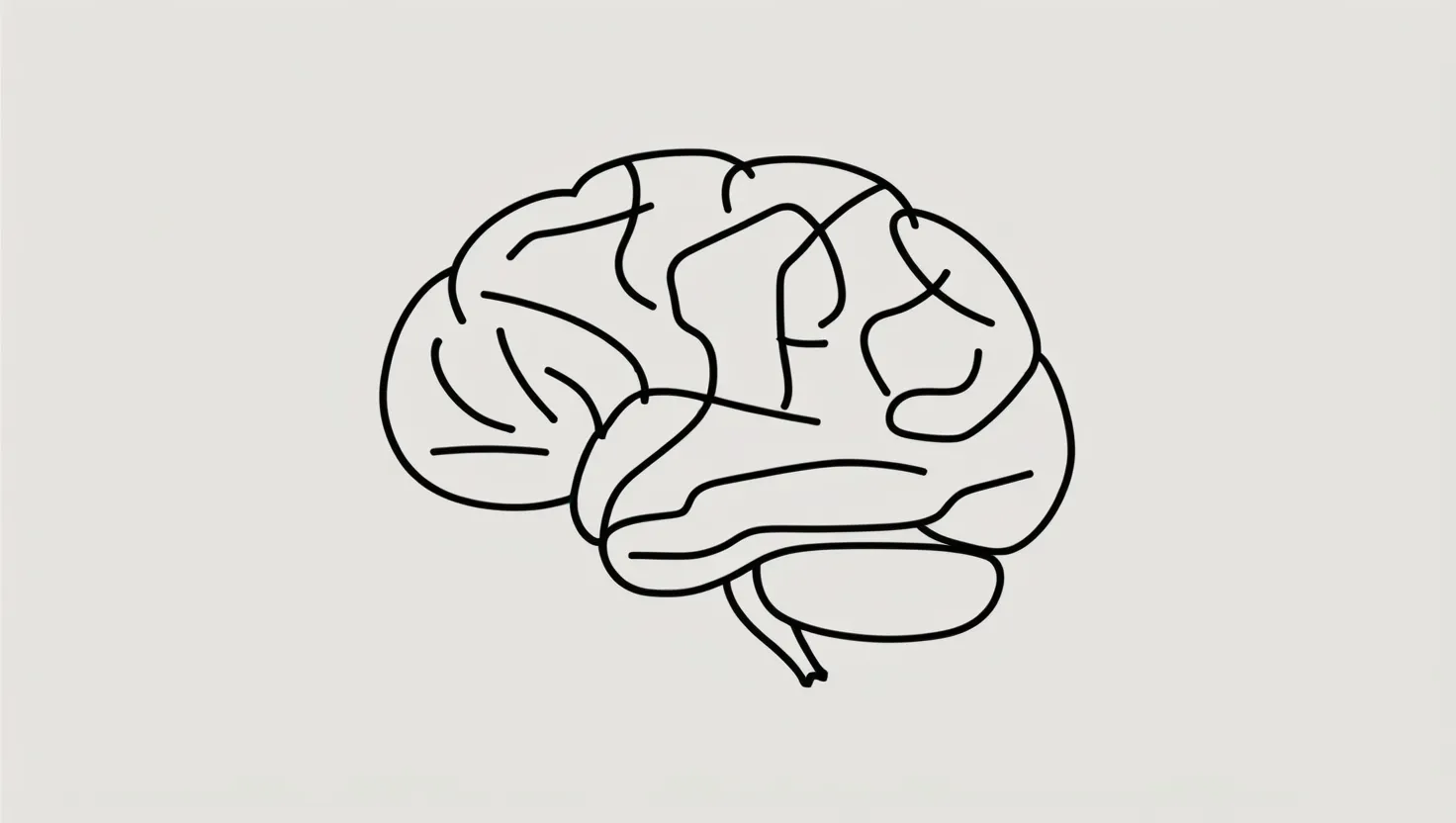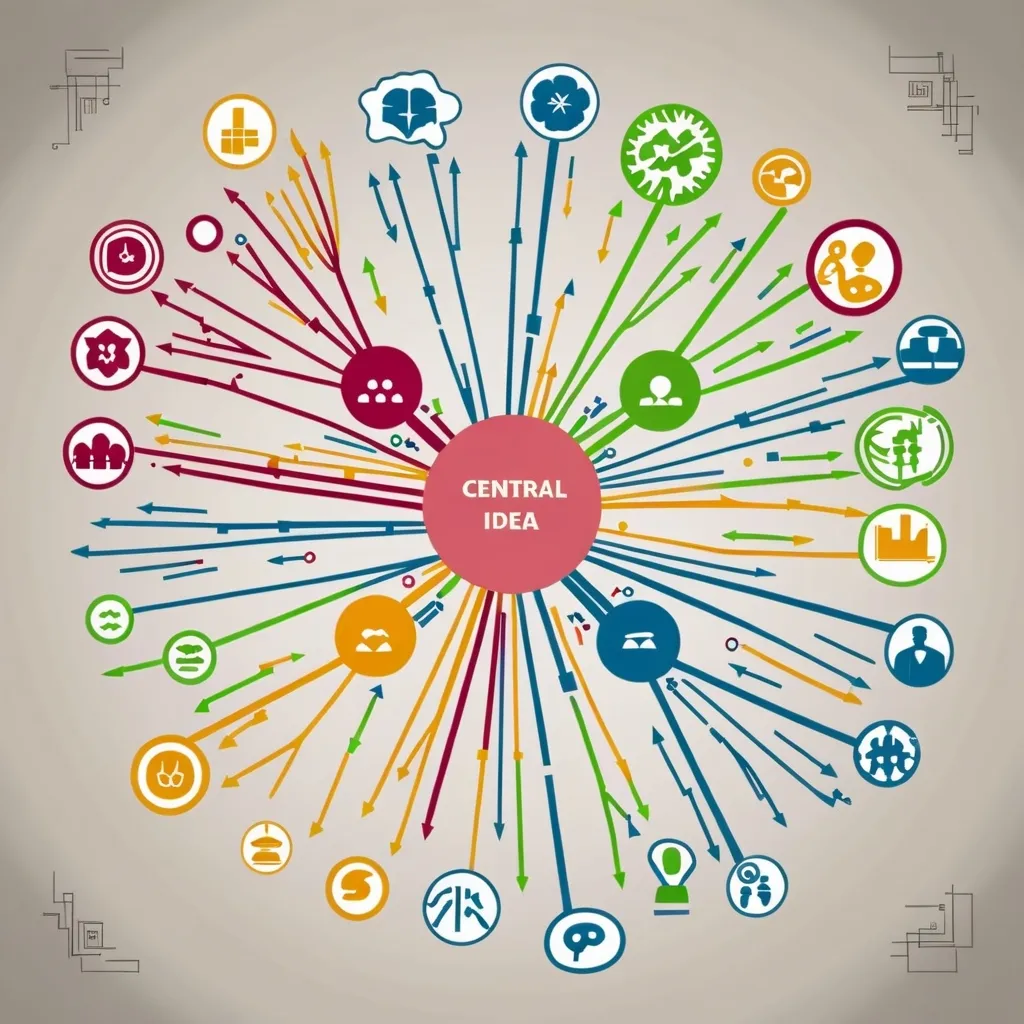Imagine your mind as a vast, uncharted territory, filled with hidden pathways and unexpected connections. This terrain is not just a metaphor; it’s a tangible landscape that you can explore and map to enhance your decision-making skills. This concept, which we can call “cognitive cartography,” involves creating a detailed map of your thought processes, biases, and mental models. By visualizing how you approach problems and make decisions, you can uncover patterns you never knew existed and navigate complex choices with greater clarity.
Understanding Mental Models
Mental models are frameworks that help you understand how the world works. They are ingrained in your cognitive processes and significantly influence how you approach problems, make decisions, and interpret information. These models act as templates or guidelines that help you process information and reasoning, enabling you to quickly assess a situation, categorize information, and make predictions about likely outcomes.
For instance, when faced with a financial decision, you might use a mental model like the “circle of competence” to determine whether you have the necessary knowledge to make an informed choice. This model helps you recognize your limitations and avoid making decisions outside your area of expertise, thereby reducing the risk of costly mistakes.
The Power of Visualization
Visualizing your mental models is akin to creating a map of your thought processes. This map can highlight key information while ignoring irrelevant details, much like a physical map helps you navigate through unfamiliar terrain. By drawing out your mental models, you can see the connections between different pieces of information and how they influence your decisions.
For example, if you’re considering a career change, you might map out your current skills, desired outcomes, and the steps needed to transition. This visual representation can help you identify gaps in your skills, potential obstacles, and the resources you need to succeed. It turns a complex decision into a manageable and structured process.
System 1 and System 2 Thinking
Your mind operates on two primary modes of thinking: System 1 and System 2. System 1 is fast, intuitive, and often subconscious, while System 2 is slower, more analytical, and deliberate. Understanding these two systems is crucial for balanced decision-making.
When you’re in a hurry or under pressure, you might rely too heavily on System 1, making quick but potentially flawed decisions. By recognizing when you’re in this mode, you can take a step back and engage System 2 to analyze the situation more thoroughly. This balance is essential for avoiding biases and ensuring that your decisions are well-thought-out.
Heuristics and Biases
Heuristics are mental shortcuts that allow you to make quick decisions without analyzing all available information. While they can be useful, heuristics can also lead to biases such as overconfidence or stereotyping. Recognizing and understanding these biases is key to avoiding common pitfalls.
For instance, the “anchoring bias” can lead you to rely too heavily on the first piece of information you receive, even if it’s irrelevant or inaccurate. By being aware of this bias, you can make a conscious effort to consider a broader range of information before making a decision.
Cognitive Mapping Techniques
Cognitive mapping techniques, such as Fuzzy Cognitive Maps (FCMs), can be particularly useful in representing your mental models. FCMs use fuzzy logic to create weighted, directed cognitive maps that show the relationships between different components of your thought process. This method helps you infer causal relationships between various factors and generate workable explanations for complex phenomena.
Imagine you’re planning a major home renovation. Using an FCM, you can map out the various factors involved, such as budget, timeline, and the impact of different design choices. This visual representation can help you see how changes in one area might affect others, allowing you to make more informed and cohesive decisions.
The Map is Not the Territory
One of the most important mental models to keep in mind is “the map is not the territory.” This model reminds you that your mental representations of reality are not reality itself. Even the best maps are imperfect and can become outdated quickly.
In practical terms, this means that you should always verify information through multiple sources and not rely solely on your mental models. For example, if you’re considering investing in a new business venture, don’t just rely on your initial impressions or the information provided by the venture’s promoters. Instead, conduct thorough research and seek out diverse perspectives to get a more accurate picture.
Critical Mass and Emergence
Two other valuable mental models are “critical mass” and “emergence.” Critical mass refers to the point at which a system undergoes a significant change, often leading to exponential growth or transformation. Understanding this concept can help you identify the tipping points in various situations and plan accordingly.
Emergence, on the other hand, is the phenomenon where combinations of ingredients come together to create something new and often unexpected. Recognizing emergence can encourage you to mix different elements in new ways, leading to innovative solutions and unexpected opportunities.
For instance, if you’re trying to grow a small business, understanding critical mass can help you identify the key factors that need to come together for your business to reach a tipping point. Similarly, embracing emergence can lead you to experiment with new marketing strategies or product combinations that might result in breakthroughs.
Personal Exploration
Cognitive cartography is not just about understanding abstract concepts; it’s also about personal exploration. By mapping your mental models, you gain insights into your own thought processes and biases. This self-awareness is crucial for making better decisions and avoiding pitfalls.
For example, if you find that you often fall into the trap of overconfidence, you can develop strategies to mitigate this bias. This might involve seeking out diverse opinions, taking more time to analyze information, or setting up checks and balances to ensure your decisions are well-rounded.
Practical Applications
So, how can you apply cognitive cartography in your daily life? Here are a few practical steps:
- Start by Identifying Your Mental Models: Take time to reflect on how you approach problems and make decisions. What frameworks or models do you use? Are there any biases or heuristics that influence your thinking?
- Visualize Your Thought Processes: Use tools like mind maps, FCMs, or even simple diagrams to visualize your mental models. This will help you see the connections and patterns in your thinking.
- Practice Self-Awareness: Regularly examine your own biases and heuristics. Be honest about where your knowledge is lacking and where you might be vulnerable to making poor decisions.
- Seek Diverse Perspectives: Don’t rely solely on your own mental models. Seek out different viewpoints and information sources to get a more comprehensive understanding of any situation.
Turning Decision-Making into an Adventure
Cognitive cartography turns decision-making into an adventure of self-discovery and strategic insight. By exploring your mental terrain, you uncover new pathways and connections that can lead to better, more informed decisions.
Imagine each decision as a journey through uncharted territory. With your mental map in hand, you can navigate through complex choices with greater clarity, spotting shortcuts and avoiding pitfalls along the way. This approach not only enhances your decision-making skills but also fosters a deeper understanding of yourself and the world around you.
In the end, cognitive cartography is about more than just making decisions; it’s about understanding how you think and how you can improve your thinking. By embracing this approach, you can transform your mind into a landscape ripe for exploration, where every decision becomes an opportunity for growth and discovery.






